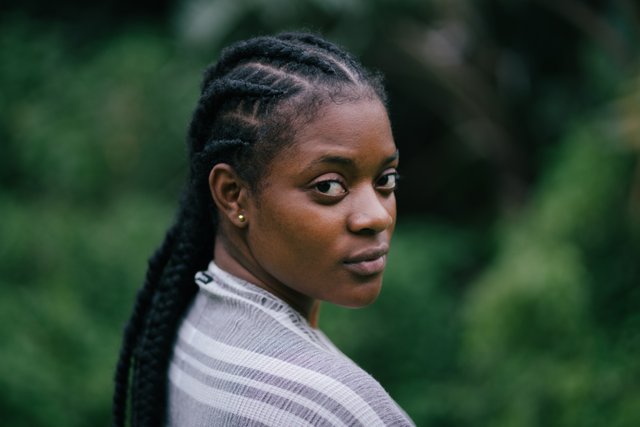Black History Month - Cornrows and secret maps

Almost twenty five years ago, Jeanne- Augustin, the first Black Canadian woman elected to Parliament, introduced a motion which got recognized by the House of Commons. Thanks to her, during the month of February Canada celebrates the Black History Month.
What is exactly Black History Month?
Every February, Canadians are invited to participate to a series of events held throughout the country, events that celebrate and honour the legacy of Black Canadians. It is a way to remember important figures and events that took place in the past and shaped the shaped the future of the African Americans.
This year, the theme for the Black History Month in Canada was "Canadians of African Descent: Moving forward, guided by the past".
By sharing past events and learning about past experiences more people get to learn about the African American heritage. During the entire month, children and adults get the chance to learn more about it at school, shows, movies and many other festivities.
The history of cornrows
One of the fascinating stories I have heard this month was about the history of the cornrows. I have always admired the way black people braided their hair, but I had no idea about how it all started.
Apparently these hairstyles played a way more important role throughout history than just being aesthetic. Nowadays the cornrows are worn more for convenience. Back in the days, they used to serve a higher purpose. They actually saved lives.
History shows that three millennium ago, women were wearing cornrows. Later on in the 19th century, male Ethiopian royalties and warriors were having braided hairstyles.
You will surprised to learn that the pattern used in these hairstyles can reveal information about one`s age, marital status, origin, religious belief, social position or wealth.
The term "cornrow" was initially used in the 19th century and it was associated with the image of the African American working in the agriculture, more precisely in the cornfields.
"Canerows" is another describing these hairstyles, though it was used more in the Caribbeans, where the black people were working in the sugar cane fields.
The cornrows hair braiding is a tedious process that can take even up to several hours, depending on the pattern, texture design, thickness or the accessories used.
During the dark years of Transatlantic Slave Trade, the African people were forced to shave their heads. This was not only a sanitary issue. It was also meant to strip away their culture and identity. Many of the slaves used their hair as a resistance tool.
Cornrows were used by the enslaved Africans as maps which was a creative and undetectable way of passing information about the escaping routes from the plantations or secret "storage compartments" for gold coins or seeds they would eat later on while being a fugitive on the run.
Imagine that they did not have access to paper and many of them did not know how to write or read. Even if they did, being caught with such a thing, would have compromised everything and it would have endangered their lives.
In South America, the African slaves have used hair braiding as safe method and network to deliver messages.
Black women who were planning to escape the plantation would use departes, a specific way of braiding their hair to let the others know their intentions.
Departes style involved having thick, tight braids, braided closely to the scalp and tied up in buns on the top. Curved braids on one`s head represented the escaping roads.
Benkos Bioho was the creator of this intelligence network. He was the son of an African king who got captured by the Portuguese and sold as a slave in Colombia in the 17th century.
According to the history, he managed to escape his captors and built a walled city, a community of free men in the northern Columbia, named San Basilio de Palenque which was only one hour away from Cartagena.. This was the first free city in the Americas.


Thanks for sharing, braiding hair is very popular where I live, takes a few hours to complete.
You`re welcome! In the past two decades it got popular in many areas of the world. Thanks for stopping by!
Is really important to remember and share history and learn from that.
Excellent article. Slavery is disgusting.
Thank you for the read. History helps us move forward and have a better life. That<s why we need to teach our kids about our past, their heritage.
That was indeed something I didn't know :)
I learnt about it while attending some of the events dedicated to Black Month History in my neighbourhood. I founded it fascinating and thought it was worth to share it here.
Hi @lymepoet!
Your post was upvoted by @steem-ua, new Steem dApp, using UserAuthority for algorithmic post curation!
Your UA account score is currently 3.773 which ranks you at #5394 across all Steem accounts.
Your rank has dropped 20 places in the last three days (old rank 5374).
In our last Algorithmic Curation Round, consisting of 96 contributions, your post is ranked at #30.
Evaluation of your UA score:
Feel free to join our @steem-ua Discord server
That is interesting about the hair braiding. I didn’t know it could mean something other than keeping your hair neat. It is lovely.
Having a tidy appearance is one of the reasons most people would think of. I would have never crossed my mind that the hairstyle served as a map!